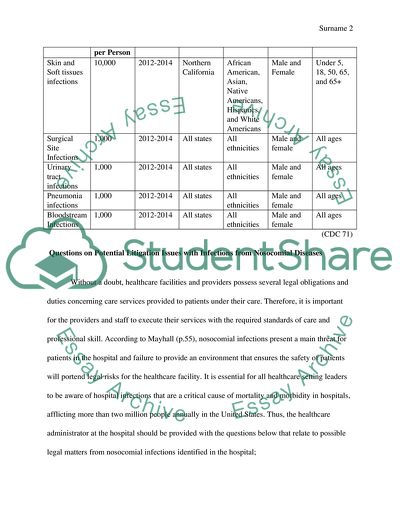Cite this document
(“Applications of Epidemiology Case Study Example | Topics and Well Written Essays - 1500 words”, n.d.)
Applications of Epidemiology Case Study Example | Topics and Well Written Essays - 1500 words. Retrieved from https://studentshare.org/health-sciences-medicine/1675366-applications-of-epidemiology
Applications of Epidemiology Case Study Example | Topics and Well Written Essays - 1500 words. Retrieved from https://studentshare.org/health-sciences-medicine/1675366-applications-of-epidemiology
(Applications of Epidemiology Case Study Example | Topics and Well Written Essays - 1500 Words)
Applications of Epidemiology Case Study Example | Topics and Well Written Essays - 1500 Words. https://studentshare.org/health-sciences-medicine/1675366-applications-of-epidemiology.
Applications of Epidemiology Case Study Example | Topics and Well Written Essays - 1500 Words. https://studentshare.org/health-sciences-medicine/1675366-applications-of-epidemiology.
“Applications of Epidemiology Case Study Example | Topics and Well Written Essays - 1500 Words”, n.d. https://studentshare.org/health-sciences-medicine/1675366-applications-of-epidemiology.


